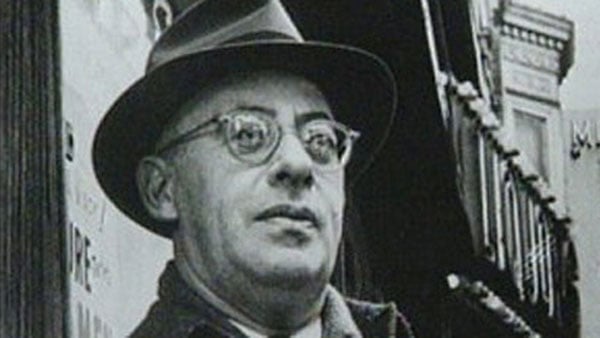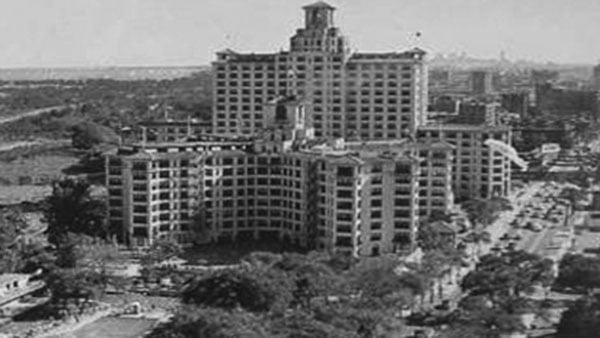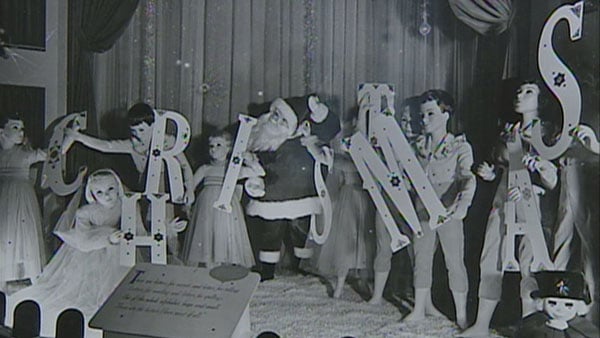Archive | Chicago Stories


Explore WTTW's historical archive of Chicago Stories below, and discover 17 new stories on the new companion website >>
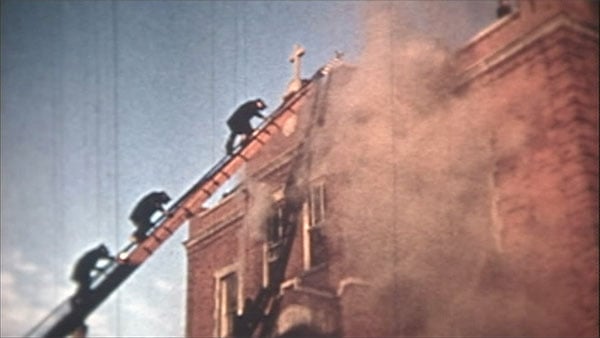
Angels Too Soon
On Monday, December 1, 1958, a fire at the Our Lady of the Angels Roman Catholic elementary school on Chicago’s West Side killed 92 students and three nuns. Discover how the Our Lady of the Angels tragedy happened – and how it could have been prevented – plus hear from survivors of the fire. Watch the new documentary, and visit the companion website.

Arne Harris
Hundreds of thousands of Chicagoans grew up watching Arne Harris’s television handiwork as the impresario of WGN's Chicago Cubs telecasts. It can be argued that Arne Harris, more than any other television director, has helped to define how we watch baseball. He has turned sports coverage into entertainment, and in the process, can claim some of the credit for our love and devotion to a team that hasn't always earned it.
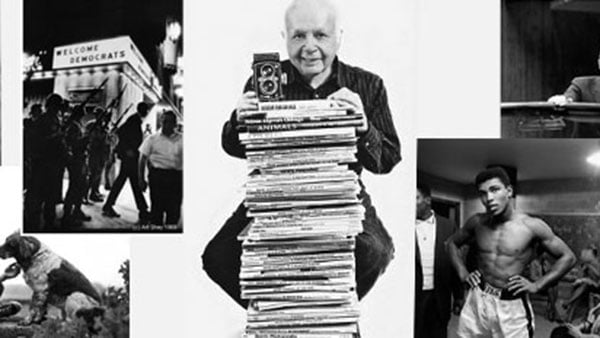
Art Shay
Art Shay survived 29 bombing missions over Germany during World War II before becoming one of America's premier photojournalists, shooting thousands of memorable pictures for Time, Life, Fortune, Sports Illustrated, and countless other publications and making indelible images of Chicago and America in the twentieth century until his death in 2018.
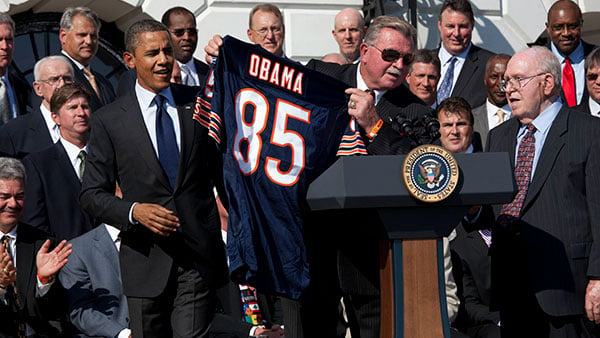
Bear Crazy: How the ’85 Bears Captured Chicago
In the fall of 1985, the Chicago Bears fielded one of the most exciting and powerful teams in the history of the National Football League. Week after week, they destroyed opponents as they cruised to a league championship and a final triumph in Super Bowl XX. For Bears fans, who last saw their team win a title in 1963, the season marked the end of more than two decades of frustration.
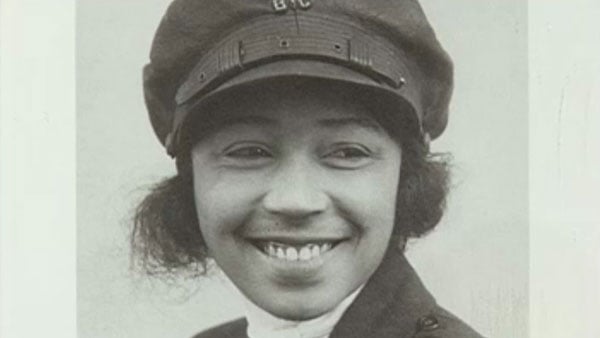
Bessie Coleman: Pilot Pioneer
Before Amelia Earhart, before Charles Lindbergh, and just eighteen years after the Wright Brothers flew at Kitty Hawk, a 28-year-old African American woman from Chicago became the first American woman to earn a pilot’s license. Her name was Bessie Coleman.
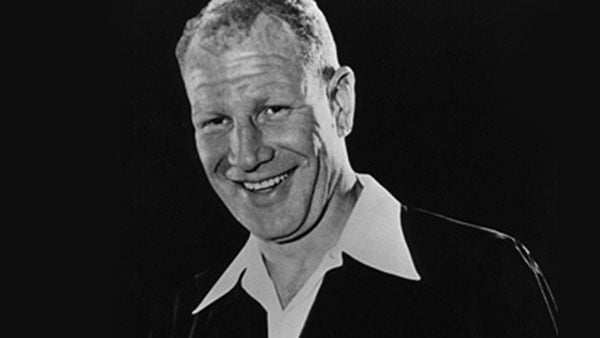
Bill Veeck: A Man for Any Season
He's known for ballpark giveaways and exploding scoreboards. His oddball promotional schemes brought him public attention and unparalleled success. Bill Veeck began his Major League career with the Cubs, lost a leg in World War II, and came back afterwards to own the Cleveland Indians and, later, the White Sox. Each of these teams reached the World Series: the Indians in 1948, the Sox in 1959.
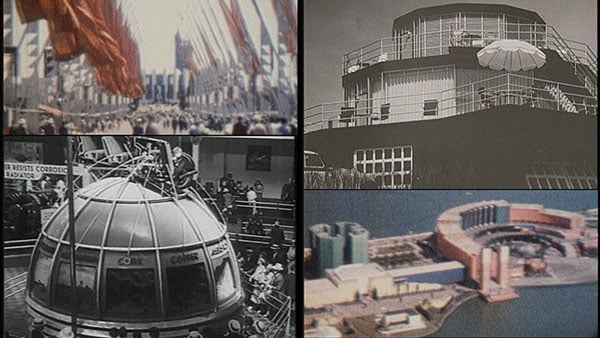
A Break in the Clouds: 1933 World’s Fair
In the midst of the Great Depression, Chicago opened an extravagant World's Fair. The exposition celebrated "A Century of Progress" in the city and highlighted technological innovations such as the twelve-sided House of Tomorrow. It is such an important event in the city’s history that it is even commemorated on the Chicago Flag, represented by one of the four red stars. In 2000, WTTW's Chicago Stories looked back on the fair.
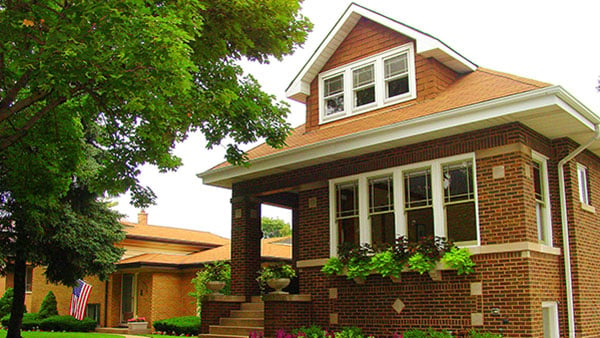
The Bungalow: Sweet Home Chicago
Chicago is known the world over for its architecture, but the Chicago bungalow is “Sweet Home Chicago.” These squat, solid, rectangular, one-and-a-half story homes were built between 1910 and 1940. They were mass-built homes, which were the first to incorporate central heating, electricity and modern plumbing.
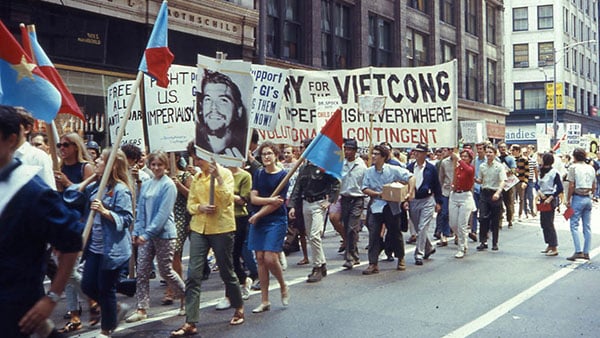
Chicago 1969
1969 was an eventful year, including in Chicago, with confrontations between the so-called establishment and those seeking political and social change. In September, the Chicago Eight conspiracy trial began. In October, the conspiracy trial became a rallying point for the era’s most infamous radicals, the Weathermen, who came to Chicago for four “Days of Rage.” And in December, Black Panther leader Fred Hampton was killed by Chicago police.
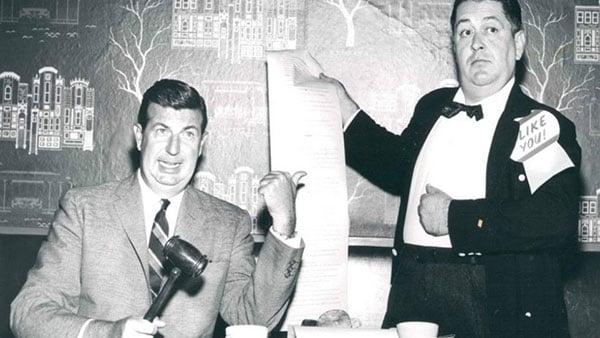
Chicago Broadcasting Originals
During the formative days of both radio and television, Chicago played a major role in developing national programs, and Don McNeill was one of Chicago’s most successful broadcasters. His Breakfast Club program survived on radio for 35 years. The longest-running dramatic series in American broadcasting originated in Chicago as well. For over 60 years, a Christian radio drama called Unshackled has brought listeners true tales of sin and redemption from the Pacific Garden Mission.
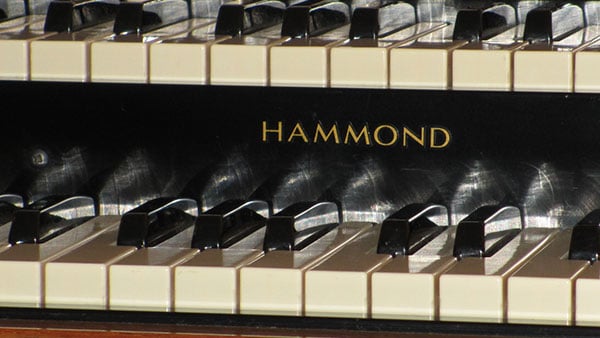
Chicago Instrument Makers
Chicago is well-known for great music, but for many years Chicago was also a major center for making musical instruments. The Hammond organ revolutionized the sound of gospel, jazz, and rock and roll, and was invented and built in Chicagoland. For decades, Chicago also gave the world the finest xylophones and marimbas, made by the J.C. Deagan company.
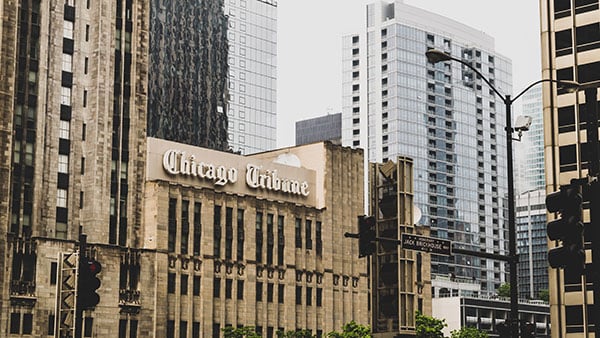
Chicago Journalists
They are two big personalities who have made their mark on Chicago through the pages of its newspapers. Colonel Robert R. McCormick was the long-time editor and publisher of the Chicago Tribune, often remembered as the last of the American newspaper barons. Stella Foster, the long-time assistant of legendary Chicago Sun-Times columnist Irv Kupcinet, won a column of her own after Kup’s death in 2003, quite the prize for an Englewood native who preferred to work behind the scenes.
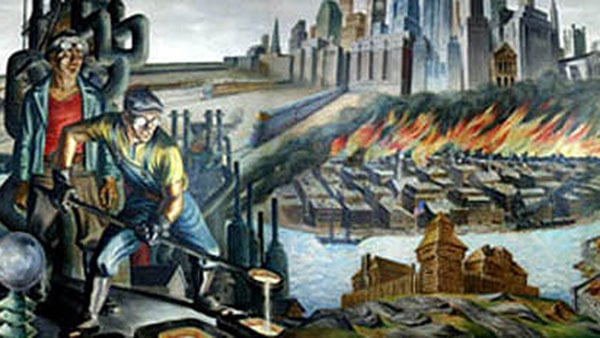
The Chicago Mural Preservation Project
Over 400 murals created during the Works Progress Administration during the Depression and before still exist in the Chicago Public Schools, making it the largest remaining mural collection from the early twentieth century in the country.
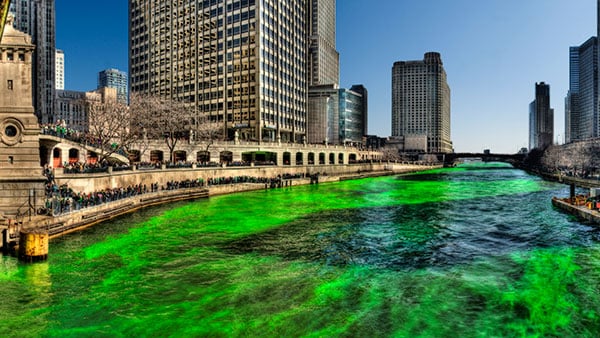
The Chicago River
In April of 1992, the “Great Chicago Loop Flood” paralyzed downtown for days, due to freight tunnels built at the turn of the twentieth century in the dark of night without city approval.
Dying the Chicago River a bright shade of green is a tradition known worldwide. How is this uniquely Chicago event actually pulled off?
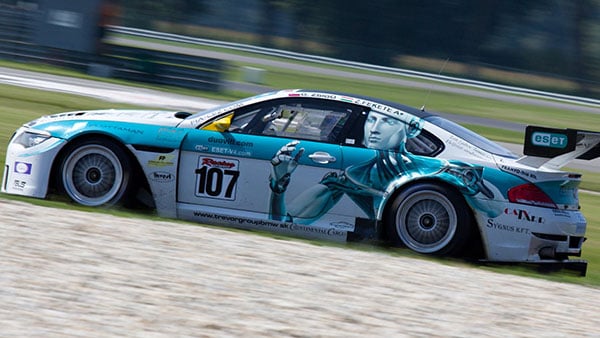
Chicago Salesmen
From the earliest days of radio and television, broadcasters have used the mediums to sell us things. Ron Popeil sold us inventions we didn’t know we needed, like the Veg-o-matic and the Pocket Fisherman. Jan Gabriel got us to watch a sport – auto-racing – that Chicagoans didn’t know they liked.
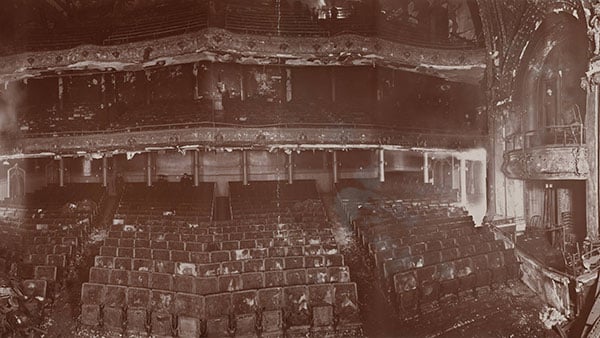
Chicago Scars
The horrific Iroquois Theatre Fire killed at least 602 people in 1903 and still stands as America’s deadliest building blaze. It’s the reason doors in public places open out and why there are lighted exit signs and panic bars on emergency exits. Twenty-five years after that tragedy, a legendary gangland murder masterminded by Al Capone that claimed seven lives took place on Valentine’s Day and made headlines around the world.
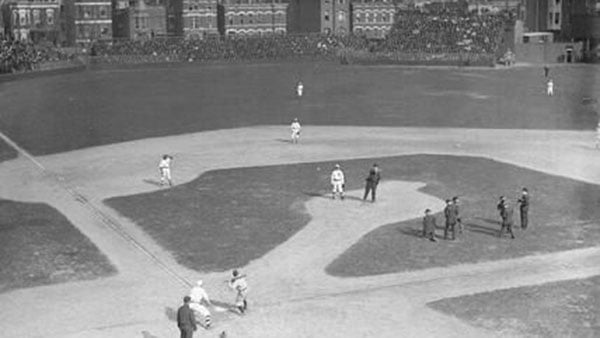
Chicago Sports Stories
Not many people know about Cap Anson, the Chicago star who helped establish baseball's color barrier in the 1880s by refusing to take the field with black players. In 1963, the integrated Loyola Ramblers broke down a barrier, when they won the NCAA championship led by four African American players, forever changing college basketball. Finally, the story of Babe Ruth’s called shot has been told and re-told – but did it actually happen?
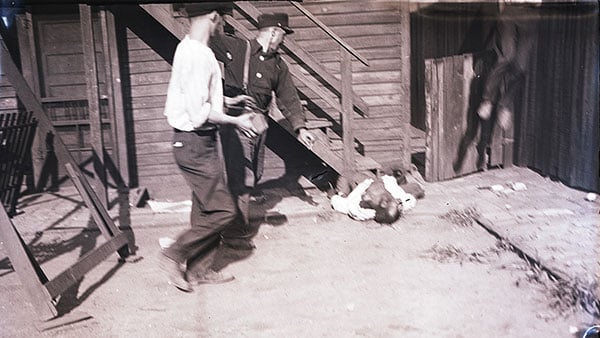
Chicago’s 1919 Race Riot
On the 29th Street beach in July 1919, a race riot began over the drowning of a black youth. The resulting riot ultimately claimed the lives of 23 blacks and 15 whites, with 291 wounded and maimed.
See how the effects of Chicago’s 1919 race riot still resonate today.
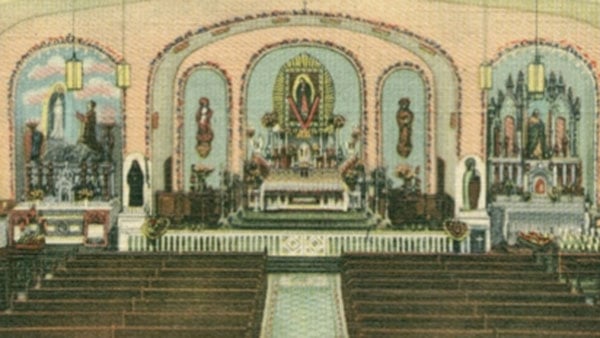
Chicago’s First Mexican Church
Half a million Mexican-Americans call Chicago their home. But at the turn of the last century, early Mexican immigrants to Chicago fought an uphill battle to plant their roots here, as in the pioneering community that built Our Lady of Guadalupe in the 1920s.
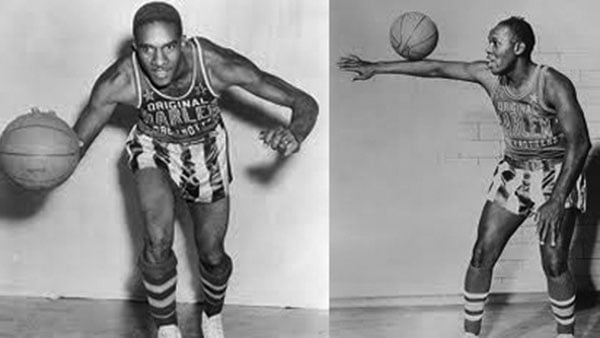
Chicago’s Harlem Globetrotters
They weren't from Harlem; they were from Chicago. And the extent of their early "Globetrotting" included places like Hinckley, Illinois; Williamsburg, Iowa; and Hartford Wisconsin. So just how did five African-American athletes from the South Side and a short, Jewish man from the North Side together launch an international sensation?
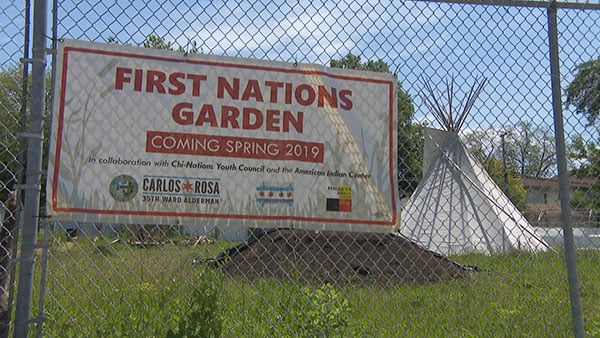
Chicago’s Urban Indians
After their removal from the region around Chicago in the early nineteenth century, Native Americans began returning to the city in the 1950s under the federal government's ill-planned relocation policy. Chicago has the oldest urban Indian center, and the third largest urban population of Native Americans.

Civil Rights on the North Shore: Bringing the Movement Home
In 1965, as the civil rights movement was building, Martin Luther King spoke on the Winnetka Village Green – it was the culmination of an effort to integrate the north suburbs.
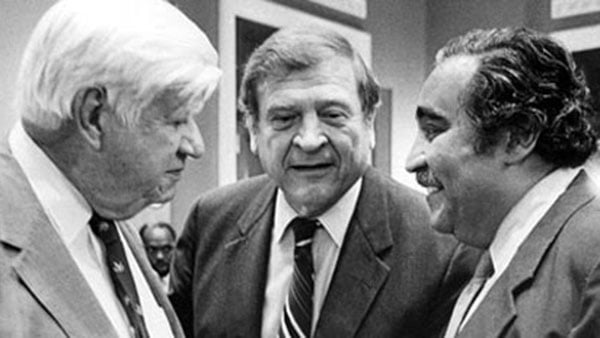
Dan Rostenkowski
Dan Rostenkowski learned to play the political game at an early age. He carried Chicago-style politics with him to the Illinois General Assembly, and to the U.S. House of Representatives. Rostenkowski became Chairman of the House Ways & Means Committee in 1981, where he remained for 15 years until his indictment on 17 counts. He was eventually convicted of mail fraud, and served 17 months in a Wisconsin federal prison.
The Democratic Promise: Saul Alinsky and His Legacy
Saul Alinsky's mission was to empower everyday people. Beginning with the Back of the Yards Council in the stockyard neighborhoods of Chicago, Alinsky proved time and again that individuals, when organized collectively, are the driving force behind American democracy. His most famous brainchild, the Industrial Areas Foundation, continues to empower communities across America today.
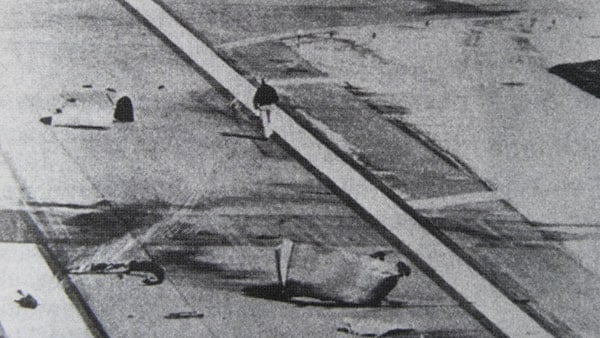
Disaster Strikes
Two Chicago tragedies, the crash of American Airlines Flight 191, and the 1954 Seiche that changed the way many Chicagoans felt about the lake.
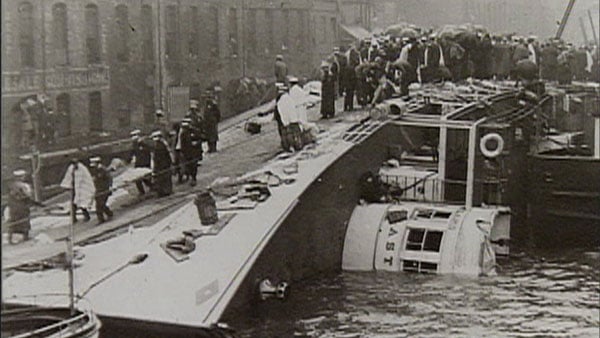
The Eastland Disaster
On July 24, 1915, more than 800 people died in Chicago's deadliest disaster when the SS Eastland rolled onto its side in the Chicago River, only 20 feet from shore.
Watch an archival Chicago Stories episode about the Eastland Disaster.
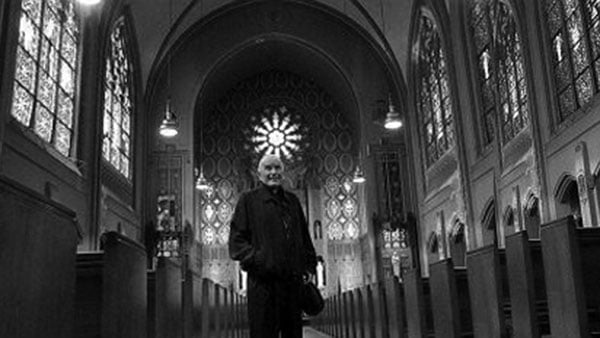
Father Andrew Greeley
He was a priest, distinguished sociologist, and best-selling author. He was the author of more than 30 best-selling novels and two autobiographies, as well as a newspaper columnist. He's Father Andrew Greeley, a liberal Chicago cleric and prolific writer who died in 2013.
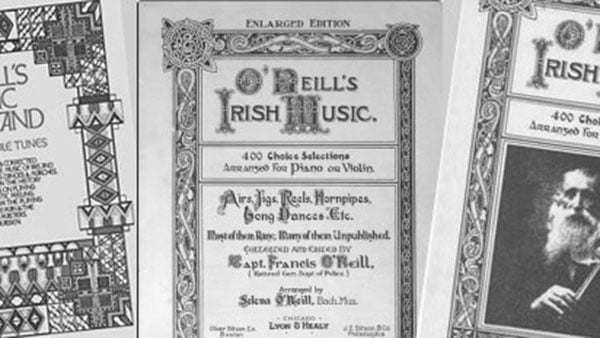
Francis O’Neill: The Police Chief Who Saved Irish Music
Francis O’Neill was a Chicago police chief at the turn of the twentieth century who was also a principal advocate for the performance and preservation of Irish music. Learn about his life in this episode of Chicago Stories from 2002.
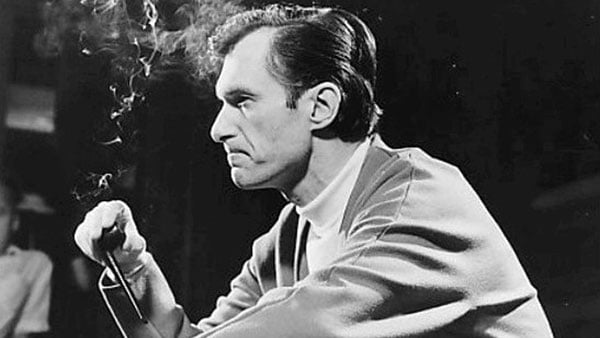
Gold Coast Glamor
The Pump Room was the place to see and be seen in the 1940s and ‘50s. At booth one, you might have seen Humphrey Bogart, Bette Davis, Frank Sinatra, Judy Garland. Just up the street from the Pump Room is a mansion once owned by Hugh Hefner. who created Playboy magazine in Chicago in 1953.
Watch excerpts from a 1978 archival interview with Hefner’s daughter, Christie, then Vice President of Playboy Enterprises and later chairman and CEO of the company.
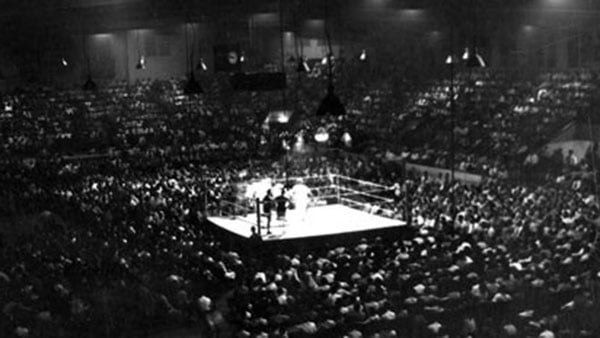
Golden Gloves Boxing
Since the Roaring Twenties, the Golden Gloves Amateur Boxing Tournaments have enticed young aspiring boxers off the streets of Chicago and into gymnasiums. For a few, it is a ticket to fame and fortune. Some become champions: Joe Louis, Muhammad Ali, Joe Frazier, and Barney Ross. Still others went on to successful careers outside of boxing, including Illinois Attorney General Jim Ryan and the late Judge Abraham Lincoln Marovitz.
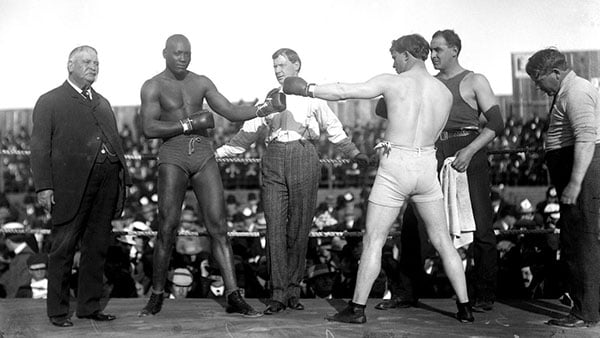
In the Ring
In 1908, Jack Johnson became the first African American boxer to win the World Heavyweight Championship. His victory led to a search for a “Great White Hope” to beat him – but when white America couldn’t beat him in the ring, they went after him in a Chicago courtroom.When Johnson returned from prison, Jack Dempsey was the heavyweight champion. Dempsey had another controversy, in a championship match in Chicago when one boxer went down for more than ten seconds – and still won the fight.

James C. Petrillo
Chicago-born James Caesar Petrillo was arguably one of the most colorful, powerful, and controversial labor leaders of the twentieth century. Beloved by some, despised by many, Petrillo, as President of the American Federation of Musicians, ruled the nation's professional musicians with an iron fist from 1940 to 1958. As President of the Chicago Federation of Musicians Local 10, he was the boss of Windy City musicians from 1922 until dissidents dethroned him forty years later.
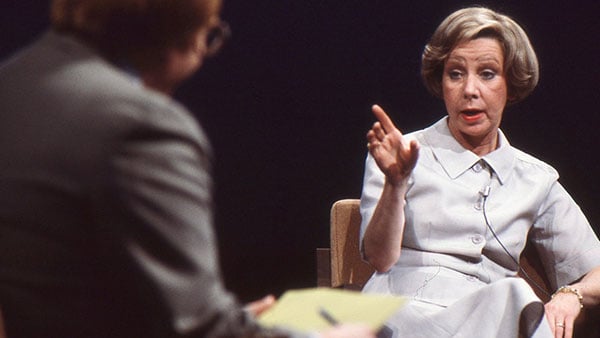
Jane Byrne
She beat the Democratic machine that dominated Chicago politics and became the city’s first female mayor, but then she was ousted after a single term and largely erased from Chicago history. Jane Byrne not only achieved a stunning upset over Chicago’s entrenched political system, she did so as a woman in an era of stultifying sexism.
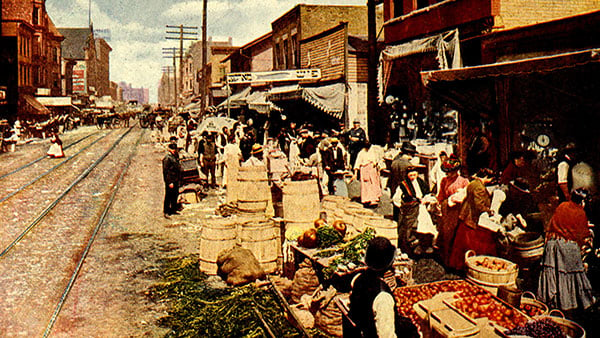
Jewish History in Chicago: 1833-1948
The first German Jews who settled in frontier Chicago became an affluent and influential part of the booming city. By the late 1800s, they were far outnumbered by poor Yiddish-speaking Jews fleeing oppression in Eastern Europe. These Jews settled in the crowded Maxwell Street ghetto. Although the two populations were often in conflict, the wealthier Jews helped newer arrivals to find prosperity in America, and vibrant new communities arose.
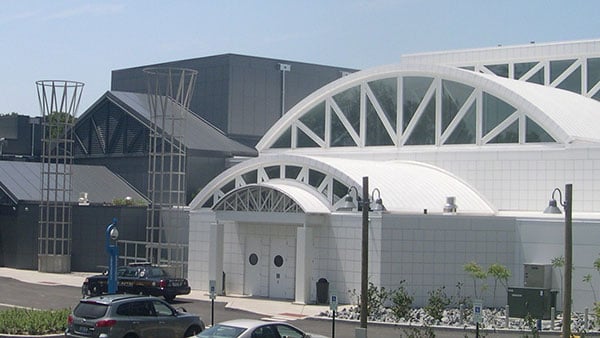
Jewish Chicago: 1948 and Beyond
Dramatic changes occurred in Chicago’s Jewish community after World War II, as much of the Jewish population moved from the city to the suburbs, while one suburb in particular fought against a threatened neo-Nazi march and eventually founded a Holocaust museum.
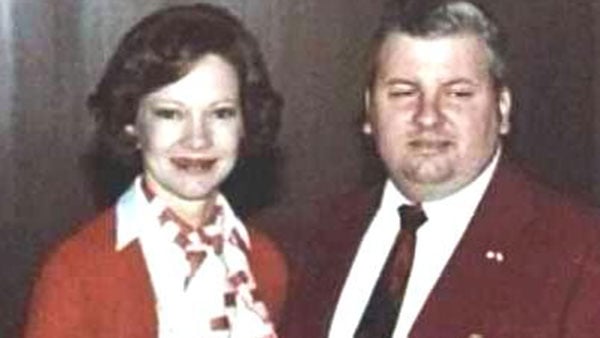
John Wayne Gacy
John Wayne Gacy was one of the worst serial killers in American history. But to his community, he was a model citizen – until a routine missing persons report led police to his home. It sparked a ten-day investigation that brought the small-town police force face-to-face with a serial killer and led them to a discovery that attracted international attention.
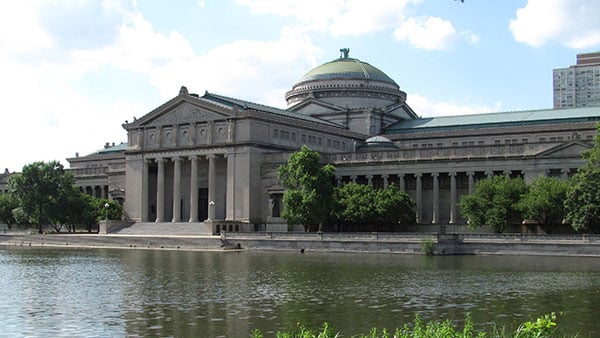
Julius Rosenwald: From Sears to Eternity
From modest beginnings in Springfield, Illinois, he became a titan of industry, an advisor to U.S. presidents, created Chicago's most popular industry, and transformed a Chicago company into a nationwide colossus.
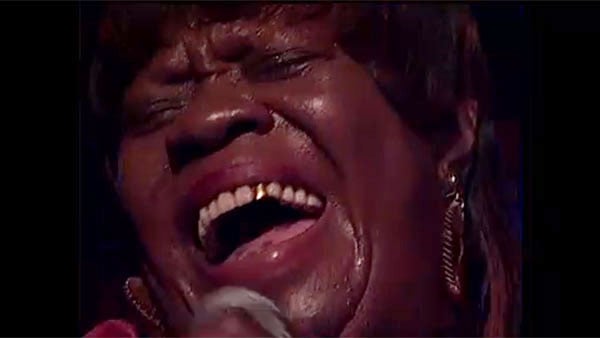
Koko Taylor
The son of poor Tennessee sharecroppers, Koko Taylor eventually came to Chicago and cleaned North Shore homes before signing with Chess Records and becoming the Queen of the Blues in a male-dominated genre.
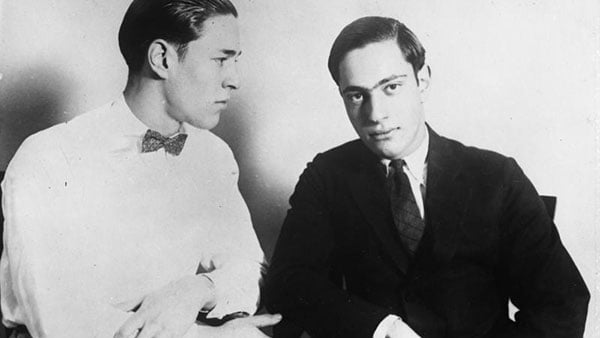
Leopold and Loeb: Love and Murder in Chicago
On May 21, 1924, two of the most wealthy, brilliant, and promising young men in Chicago kidnapped and murdered a teenage boy from another prominent family. The legendary attorney Clarence Darrow tried to save his clients’ lives by making public the most private details of their lives, and his 12-hour summation still stands as the most eloquent attack on capital punishment ever delivered in an American courtroom.
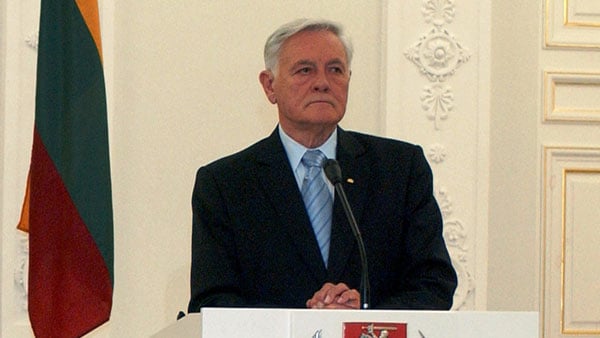
The Lithuanians in Chicago
Like countless other prominent Lithuanians, Valdas Adamkus, one of Lithuania’s former presidents, is a man who spent the better part of his life right here in Chicago. Over the last century Lithuania's history has been rocky, but through it all, Chicago has been a safe harbor.
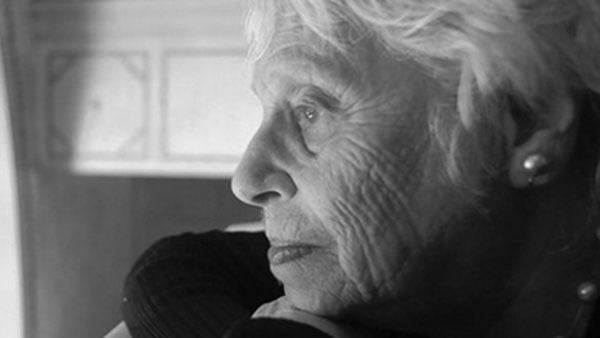
Lois Weisberg
As the Commissioner of Chicago's Department of Cultural Affairs, Lois Weisberg launched the Chicago Cultural Center, created Gallery 37, and brought Chicago the incredibly popular Cows on Parade exhibit. Her numerous careers and magnetic personality resulted in an intricate web of friends and acquaintances, even inspiring a New Yorker article by Malcolm Gladwell titled "Six Degrees of Lois Weisberg."
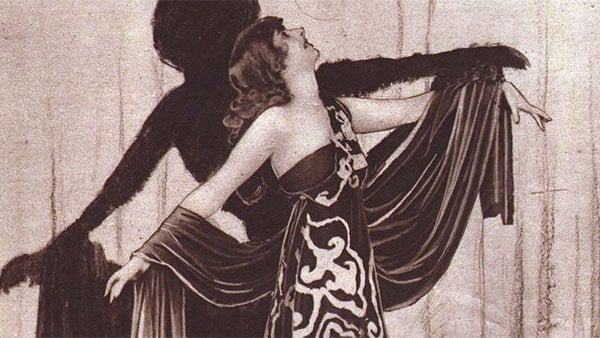
Longing for the Moon: The Real Ruth Page
Ruth Page founded a dance school, created a production of The Nutcracker that ran for more than three decades, and brought world-class dance to Chicago's stages as artistic director of The Chicago Opera Ballet and The Lyric Opera Ballet. She had a series of firsts as an American dancer, choreographer, and presenter, and left a legacy in Chicago.
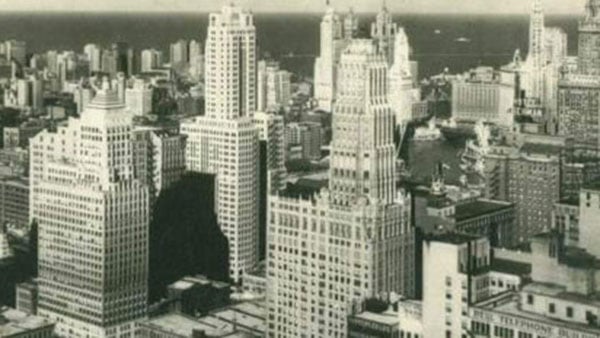
Lost Chicago
Subtle reminders of Chicago’s rich and colorful past are scattered across the city’s modern landscape – you just have to know where to look. In his book Lost Chicago, author and historian David Garrard Lowe sorts through the rubble of our city’s demolished architectural treasures and uncovers clues about how a major metropolis rose out of the Midwestern prairie.
Magic by the Lake: The Edgewater Beach Hotel
The pink, stucco hotel gave its visitors a taste of glitz right on the shores of Lake Michigan. The Edgewater Beach Hotel drew presidents, movie stars, athletes, and all of the Big Bands to Chicago’s lakefront—but it was also a place where regular folk could go for a wedding, prom, or night out on the town.
Discover the glamor of the Edgewater Beach Hotel in an archival episode of Chicago Stories.
The Marshall Field’s Christmas Windows
They have been a tradition in Chicago for over one hundred years, and seemingly everyone has fond memories of going to see them. Mention the Christmas windows of Marshall Field's (now Macy's) to a Chicagoan, and you'll almost invariably recall them to their childhood. Revisit your favorite windows and learn about their history in this episode of Chicago Stories from 2000.
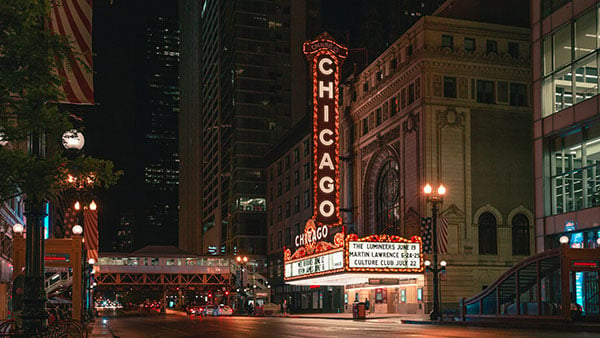
Marshall Holleb
He may be the most influential Chicagoan you've never heard of. Marshall Holleb helped shape the face of modern Chicago. He is credited with saving the Chicago Theater and the Arts Club, and was instrumental in founding the Museum of Contemporary Art. But before his career as preservationist and real estate giant, he served under General MacArthur, and helped write the Japanese Constitution.
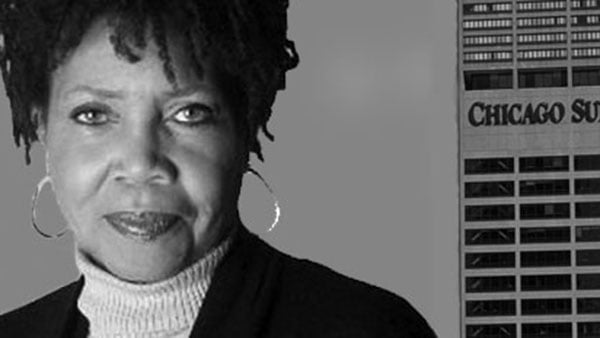
Mary Mitchell
The award-winning Chicago Sun-Times columnist’s stories often deal with racial attitudes, abuse of women, and personal experiences. Mitchell has attracted a large as well as diverse readership nationwide through her weekly columns. Her persuasive and compassionate voice for social equity strikes a chord with many readers throughout the region.
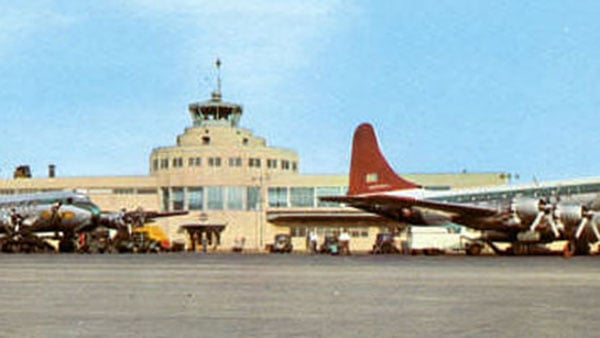
Midway Airport: Crossroads of the World
During the 1930s, ‘40s and ‘50s, it was the world’s busiest airport, at a time when air travel was a rare and thrilling event. Prior to O’Hare’s arrival on the scene, Midway Airport was Chicago’s aerial theater -- exciting, glamorous and challenging. Discover its history.
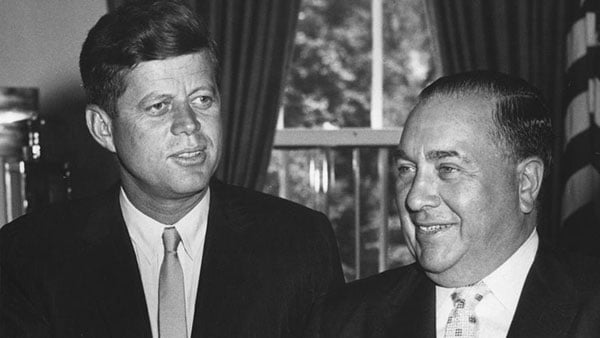
The Night RJD Bought NBC for JFK
At 8:31 pm on Friday, November 4th, 1960, four days before America went to the polls, Chicago Mayor Richard J. Daley pushed presidential candidate John F. Kennedy through a crowd of 30,000 that filled the old Chicago Stadium to the rafters. The mayor wanted JFK on the podium and speaking as quickly as possible. The Cook County Democratic Committee, of which the mayor was the chairman, had bought a half-hour of network television time on NBC to broadcast Kennedy's Chicago speech to the nation.
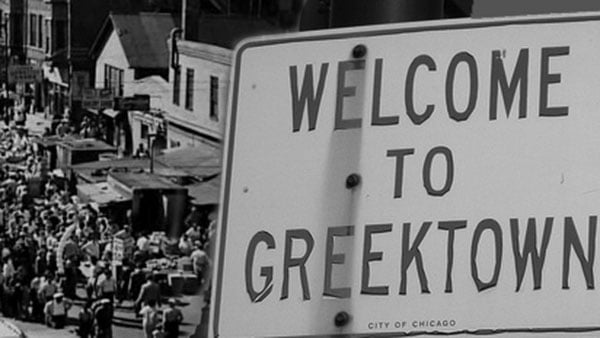
Opa! The Greeks in Chicago
Chicago currently has the third-largest Greek population of any city in the United States (and the northern suburb of Lincolnwood has the third-highest percentage of Greeks in a community in the country). This tenacious community has offered Chicago not only their hardworking presence, but also a culture and community.
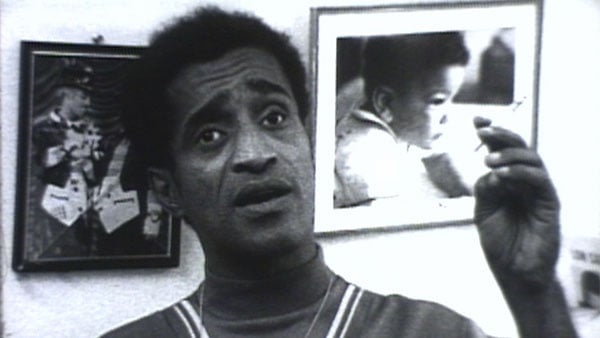
Our People with Jim Tilmon
Most Chicagoans know him as a meteorologist. But in 1968, Jim Tilmon was the host of the first televised weekly forum for black issues, at a time when race relations in Chicago were spinning out of control. It was called Our People, and it aired on WTTW. The only known recording of the show is a revealing look at the life of black Chicagoans just months after the murder of Martin Luther King, including an interview with Sammy Davis, Jr.
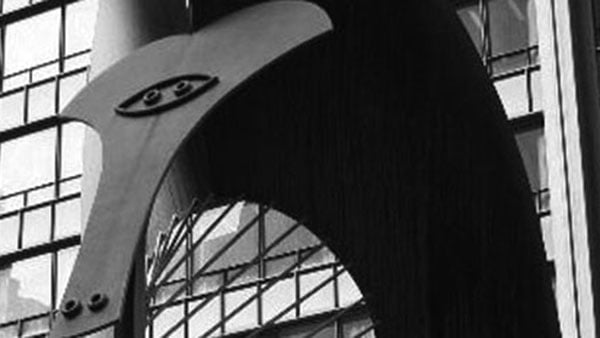
Pablo and the Boss: The Amazing Story of Chicago’s Picasso
One of Chicago's most iconic emblems came out of an unlikely alliance between a gruff, conservative mayor and a sensuous, progressive artist. Through the mediation of a charming bon vivant architect, they changed the face of public art in America.
Learn the story of this surprising collaboration and its ascent to iconic status.
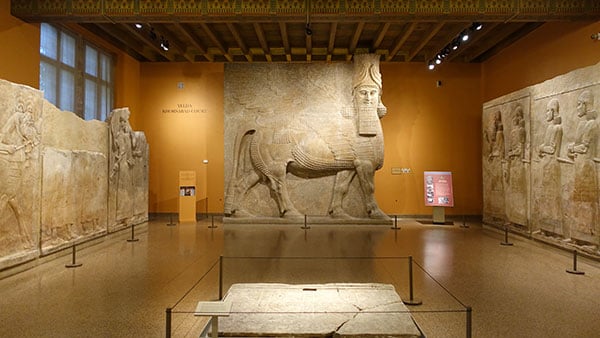
Pioneer to the Past: The Life and Times of James Henry Breasted
James Henry Breasted founded the Oriental Institute at the University of Chicago and held the first chair in Egyptology in the United States, dedicating himself to the study of humanity’s past. Learn more about him and the OI at its centenary.
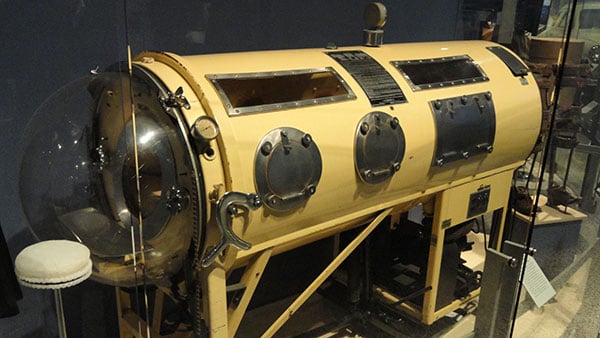
Polio in Chicago
During the first half of the twentieth century, polio killed or crippled thousands of children and adults throughout the United States. In 1952, a polio epidemic sickened more than one thousand people in Chicago, killing 82 and leaving many others paralyzed. But in April of 1954, suburban DuPage county was one of the regions in the country where the Salk vaccine to fight polio was tested, a case of one of the most inspiring cases of scientific triumph the world has ever known.
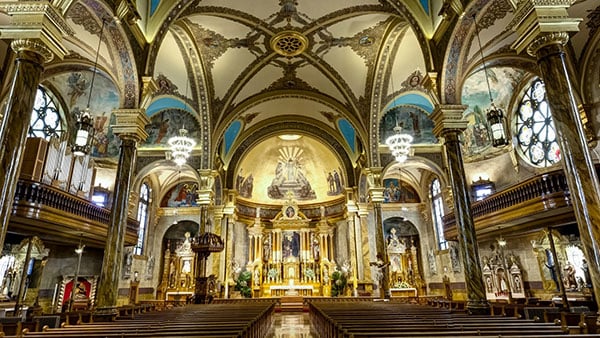
Polonia: The Story of Polish Chicago
In the early two thousands, one out of every ten Chicagoans could trace their heritage to Poland. The impressive migration of Poles to Chicago helped fuel the boom of the city. There is no doubt that the Poles have left an indelible mark on the history and culture of Chicago.
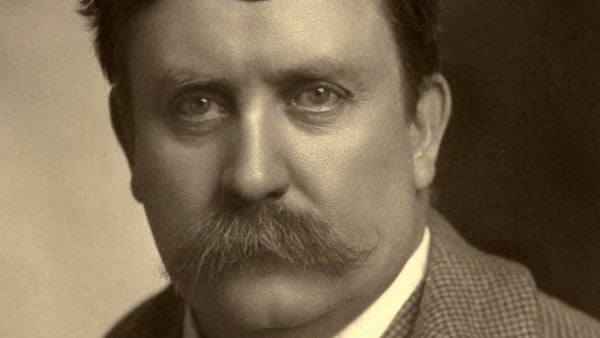
The Power of Dreams: Daniel Burnham and Chicago
He was over sixty years old when he published his vision for Chicago. He died two years later, but his dreams for the city live on. Architect Daniel Hudson Burnham was the man behind the 1909 Plan of Chicago, as well as the director of works for the city’s epochal 1893 World’s Columbian Exposition. In Chicago, Daniel Burnham will be remembered as the man who envisioned a city complete with lakefront parks for its citizens – and his plan is still used today.
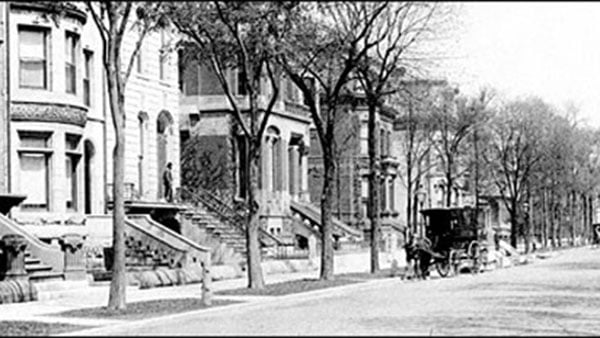
Prairie Avenue: Chicago’s First Gold Coast
At the turn of the last century, most of Chicago's wealthiest citizens lived along a single street on the near South Side. Prairie Avenue was once home to George Pullman, Phillip Armour, and the city's richest man, Marshall Field. But the wealthy quickly abandoned the neighborhood and took up residence on the North Side. Today, only a handful of mansions remain, most notably, the Glessner House, which was narrowly saved from demolition by a group that would later form the Chicago Architecture Center.
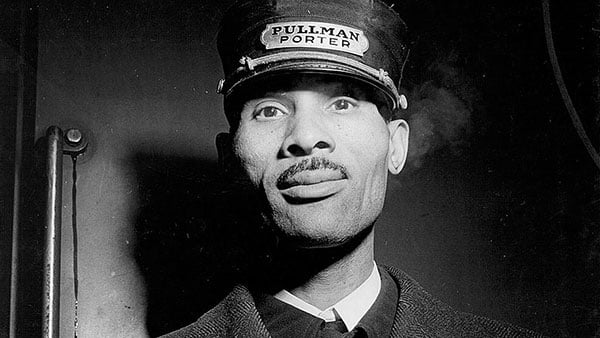
Pullman Porters: From Servitude to Civil Rights
In 1863, when Chicago industrialist George Pullman began making his famous Pullman Cars for luxury rail travel, he needed highly trained porters who were skilled in service and willing to work for low wages. So he headed south, and found them among the legions of recently freed slaves. Long before anyone was talking about rights for the black worker, the Pullman porters began a struggle that would be a forerunner of the civil rights movement.
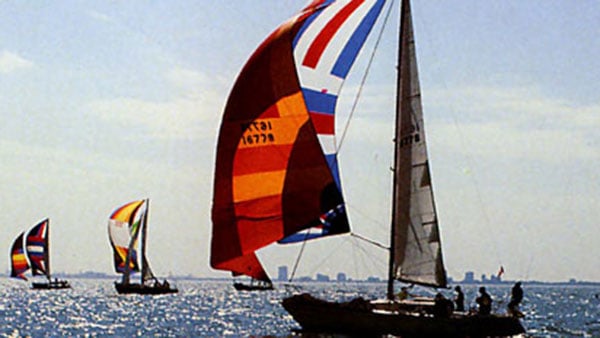
The Race to Mackinac
Come sail along with Geoffrey Baer and the crew of Radiance as they trek across Lake Michigan in the annual Race to Mackinac.
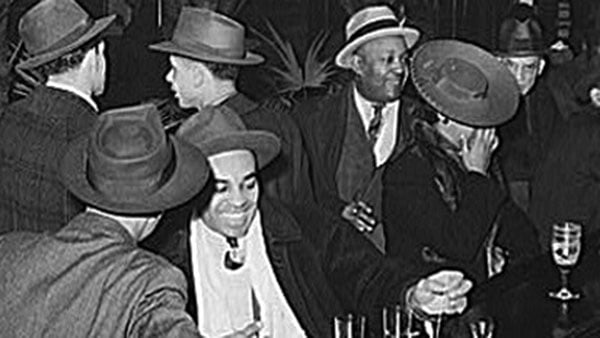
Remembering 47th Street
Ella Fitzgerald, Lena Horne, Duke Ellington, Josephine Baker, Louis Armstrong, and countless others played in legendary clubs like Chez Paree, the Parkway Ballroom, Gerri's Palm Tavern, and the Regal Theatre located on or around 47th Street, during the heyday of Chicago's Bronzeville community on the South Side. 47th Street and Bronzeville offered black Chicagoans a sense of freedom they couldn’t find anywhere else in America at that time.
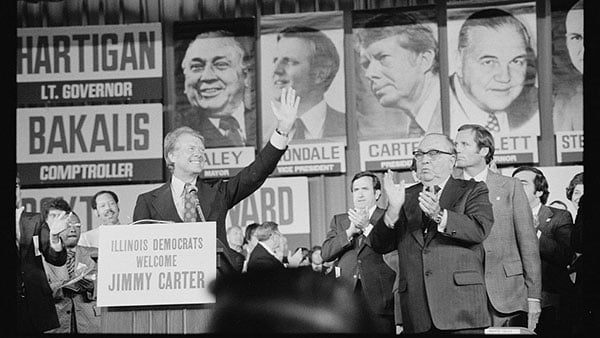
Richard J. Daley's Rise to Power
The achievements and controversies of Richard J. Daley’s tenure are legendary, but how many of us know the remarkable story of Daley’s rise to power? It's a tale of tremendous ambition and almost unbelievable good luck.
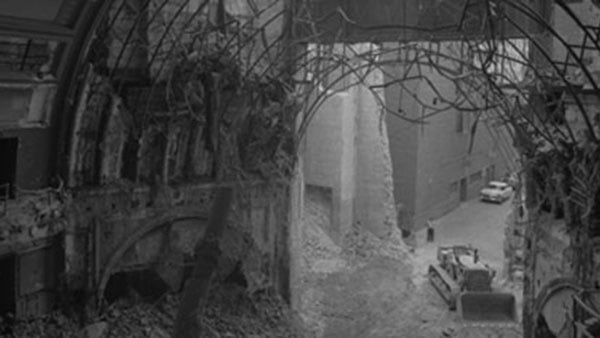
The Richard Nickel Story
Just a few decades ago, Chicago was tearing down many architectural landmarks, including the work of legendary architect Louis Sullivan. No one, it seemed, felt it was important to document and preserve them. No one, that is, except photographer Richard Nickel. This idealistic young crusader's passion to save Chicago's architectural treasures consumed his life and ultimately caused his untimely death.

Riverview
For 64 years, Riverview Park at Western and Belmont delighted Chicagoans with roller coasters, rides, cotton candy, and fun houses. People flocked to be dropped from a tower in a parachute (one couple even got married in midair), ride one of the 27 roller coasters the park hosted, or enjoy the world's largest carousel. In this episode of Chicago Stories from 2000, amuse yourself with the sights and sounds of the beloved park.
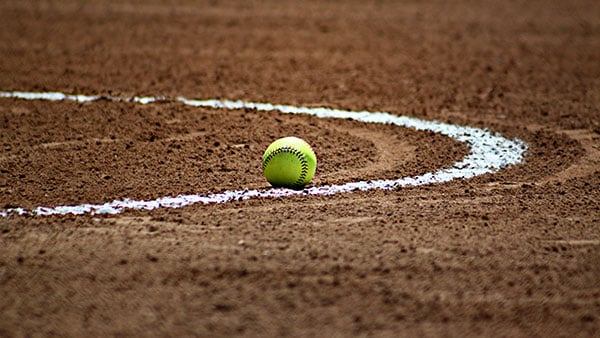
Softball Stories
Softball was invented in Chicago more than one hundred years ago. It has a number of forms depending on the size of the ball. The most widely played today is the 12-inch game. Fast-pitch is what you see in the Olympics, while slow-pitch is the staple of recreational softball around most of the country. But here in Chicago, it’s been 16-inch softball that has captured the imagination of the city. It’s played without gloves – crooked fingers abound.
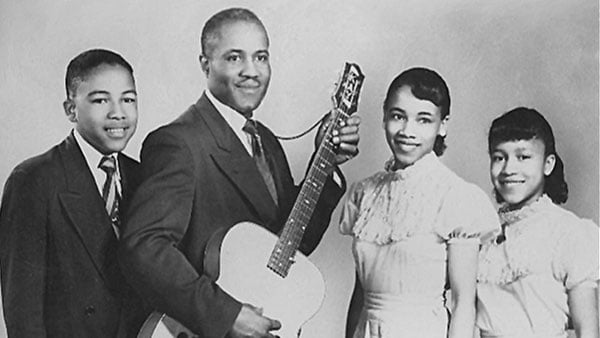
The Staple Singers
The Staple Singers combined the Delta blues of Pops Staples' birthplace with the gospel of his adopted home in Chicago to become international stars and civil rights activists. Hear Bob Dylan and Harry Belafonte reminisce about the Staples and learn their history.
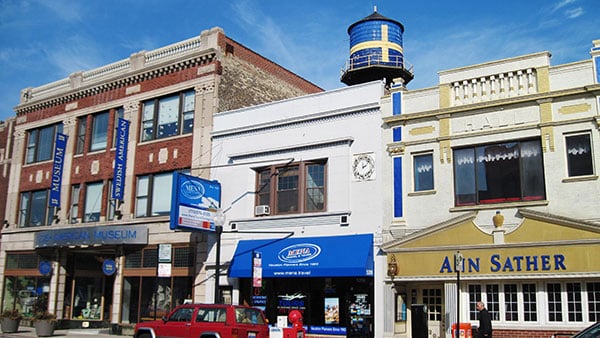
The Swedes in Chicago
What does Sweden mean to Chicago? Ann Sather and the cinnamon roll, sure, but did you know that it also means Wrigley Field, Walgreen’s Drug Stores, and the entire neighborhood of Andersonville? Why did these immigrants come to Chicago, and what impact has this community had on the city? What customs and traditions did they bring and hold onto in the New World? And how has Swedish ethnic identity fared as generations pass and the connection to the homeland fades?
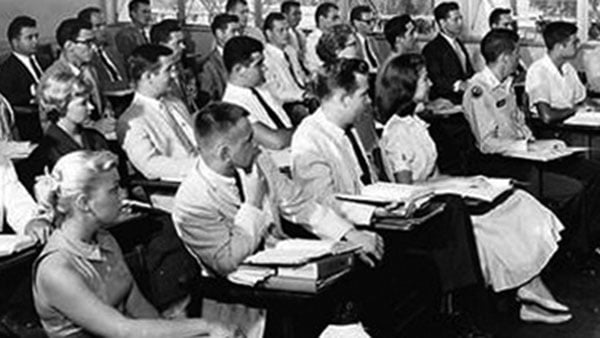
Those Films You Saw in School
Remember the old black and white educational films of the 1940's and 1950's, with titles like "Dating Do's and Don'ts" and "Appreciating Our Parents?" Nowadays these films, known as "social guidance" or even “mental hygiene" films, are considered campy and simplistic, but in their day, they were the ideal teaching tool used in schools. The originator of this genre was Coronet Films in Glenview, soon to be followed by Encyclopedia Britannica.
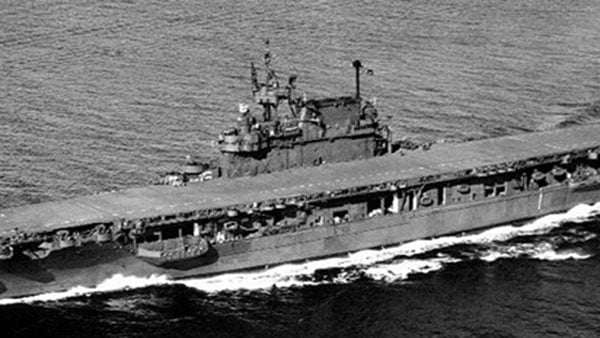
Top Guns of ‘43
World War II brought a massive increase in the demand for carrier-qualified pilots. However, it was not possible to remove a combat carrier from the battlefield to use as a training ship, so a unique solution was found: two Great Lakes tour boats were acquired by the Navy and converted into training carriers. Neither carrier included hangar decks – the trainee pilots landed and immediately took off again. At war's end, more than 15,000 pilots and thousands of deck crew had been trained on them.
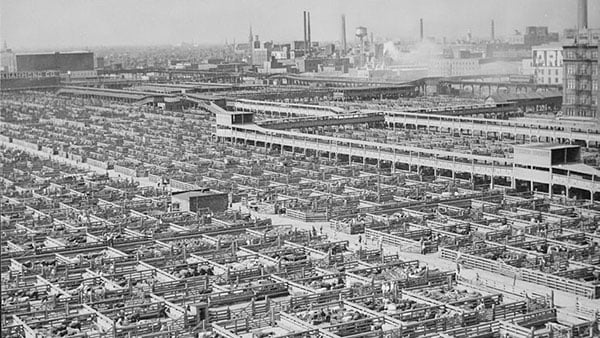
The Union Stockyards
Today, the idea of millions of farm animals being transported hundreds of miles to a large city for slaughter and processing seems bizarre. But for more than a century, that is exactly what happened at the Union Stockyards in Chicago, making it the meat-processing center of the world. The impact on Chicago – and on labor history – was monumental.
Revisit the history of one of Chicago’s most important industries.
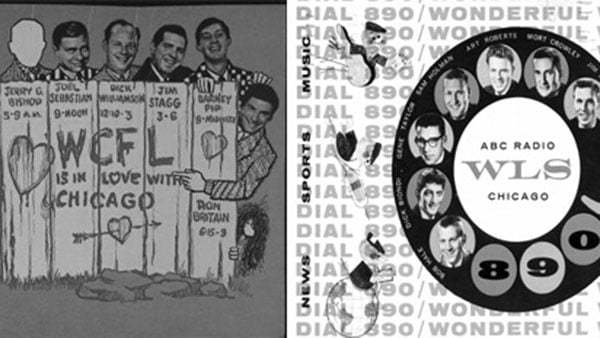
When Chicago Rocked the 60s
In the mid-1960s, the British invasion led by the Beatles and The Rolling Stones changed America’s tastes in popular music. But several Chicago rock and roll bands such as the Buckinghams, Chicago, and the Cryan’ Shames fought off the British and had their own national hits.

